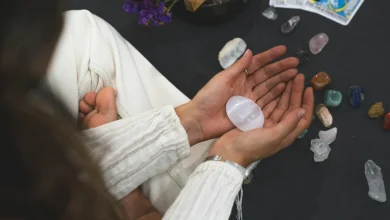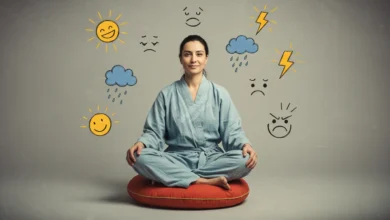10 Compassion-Focused Meditation Practices to Nurture Kindness

1. Loving-Kindness Meditation
Loving-kindness meditation involves directing positive wishes and intentions towards oneself and others. To practice, find a quiet space, sit comfortably, and repeat phrases like “May I be happy, may I be healthy, may I be safe,” extending these sentiments to loved ones, acquaintances, and even those you may have difficulties with. This practice helps foster feelings of compassion and empathy.
2. Self-Compassion Meditation
Self-compassion meditation focuses on treating oneself with kindness and understanding, especially during times of struggle or failure. Sit quietly, acknowledge your pain or discomfort, and offer yourself words of comfort and support. By practicing self-compassion, you learn to be more forgiving and nurturing towards yourself, leading to improved mental well-being.
3. Compassionate Body Scan
| Body Part | Feeling |
|---|---|
| Forehead | Calm |
| Chest | Warmth |
| Stomach | Comfort |
4. Metta Bhavana
Metta Bhavana, also known as the development of loving-kindness, is a traditional Buddhist meditation practice aimed at cultivating compassion for oneself and others. Start by generating feelings of love and well-wishes towards yourself, then towards loved ones, acquaintances, and finally to all beings in the world. This practice helps in expanding your capacity for kindness and understanding.
5. Tonglen Meditation
Tonglen meditation involves visualizing taking in the suffering of others on the in-breath and sending out compassion and relief on the out-breath. This practice helps in developing empathy and breaking down barriers that separate us from others. It cultivates a deep sense of interconnectedness and compassion for all beings.
6. Compassionate Forgiveness Meditation
- Acknowledge the pain caused
- Release negative emotions through forgiveness
7. Gratitude Meditation
Gratitude meditation involves reflecting on the things you are grateful for in your life. Sit quietly and bring to mind people, experiences, or things that you appreciate. Allow feelings of gratitude to fill your heart and mind, fostering a sense of kindness and contentment within you.
8. Compassionate Listening Meditation
- Listen without judgment
- Validate the speaker’s feelings
9. Compassionate Walking Meditation
- Focus on each step mindfully
- Send positive intentions with each step
10. Compassionate Visualization Meditation
- Imagine a peaceful scene
- Visualize sending love and kindness to all beings
FAQ
Q: How often should I practice compassion-focused meditation?
A: It’s beneficial to practice these meditations daily, even if just for a few minutes. Consistency is key to reaping the full benefits of nurturing kindness and compassion within yourself.
Q: Can anyone practice compassion-focused meditation?
A: Yes, these practices are suitable for anyone looking to cultivate kindness and compassion, regardless of their meditation experience or background.
Key Takeaways
In conclusion, practicing compassion-focused meditation can significantly enhance your emotional well-being, foster empathy towards others, and cultivate a kinder outlook on life. By incorporating these 10 meditation practices into your daily routine, you can nurture kindness within yourself and radiate positivity towards the world around you. Remember, the more you nurture compassion within, the more it will reflect in your interactions and relationships with others.



